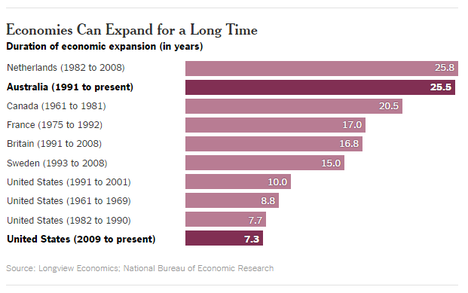(p. A15) In “Progress,” the Swedish author Johan Norberg deploys reams of data to show just how much life has improved–especially over the past few decades but over the past couple of centuries as well. Each chapter is devoted to documenting progress in a single category, including food, sanitation, life expectancy, poverty, violence, the environment, literacy and equality.
In response to people who look fondly on the “good old days,” Mr. Norberg underscores just how grim they could be. Rampant disease, famine and violence routinely killed off millions. In the 14th century, the so-called Black Death wiped out a third of Europe’s population. Five hundred years later, cholera outbreaks throughout the world led to hundreds of thousands of deaths and even killed a U.S. president, James Polk.
For the full review, see:
MATTHEW REES. “BOOKSHELF; Bending the Arc of History.” The Wall Street Journal (Tues., December 13, 2016): A15.
(Note: the online version of the review has the date Dec. 12, 2016,)
The book under review, is:
Norberg, Johan. Progress: Ten Reasons to Look Forward to the Future. London, UK: Oneworld Publications, 2016.


